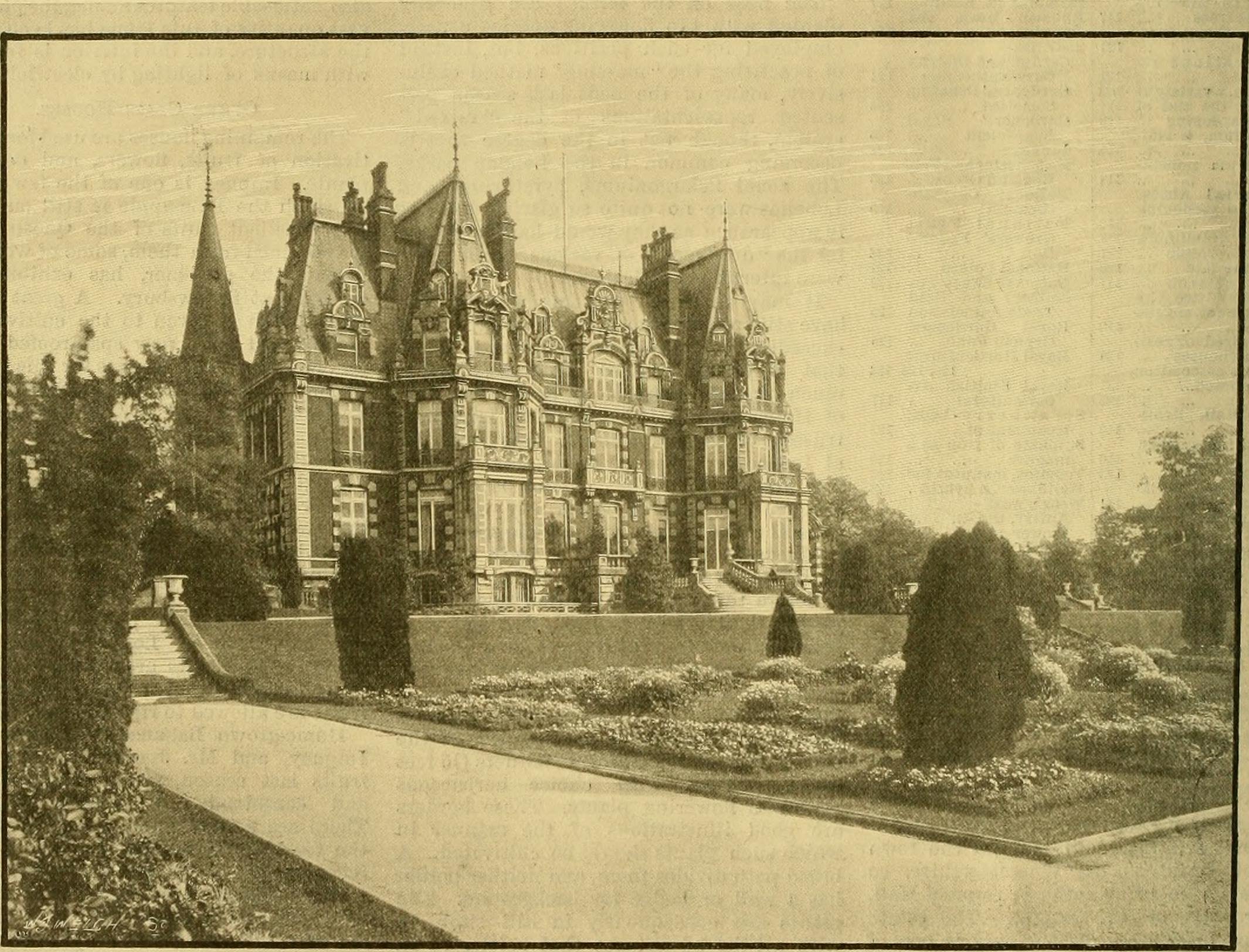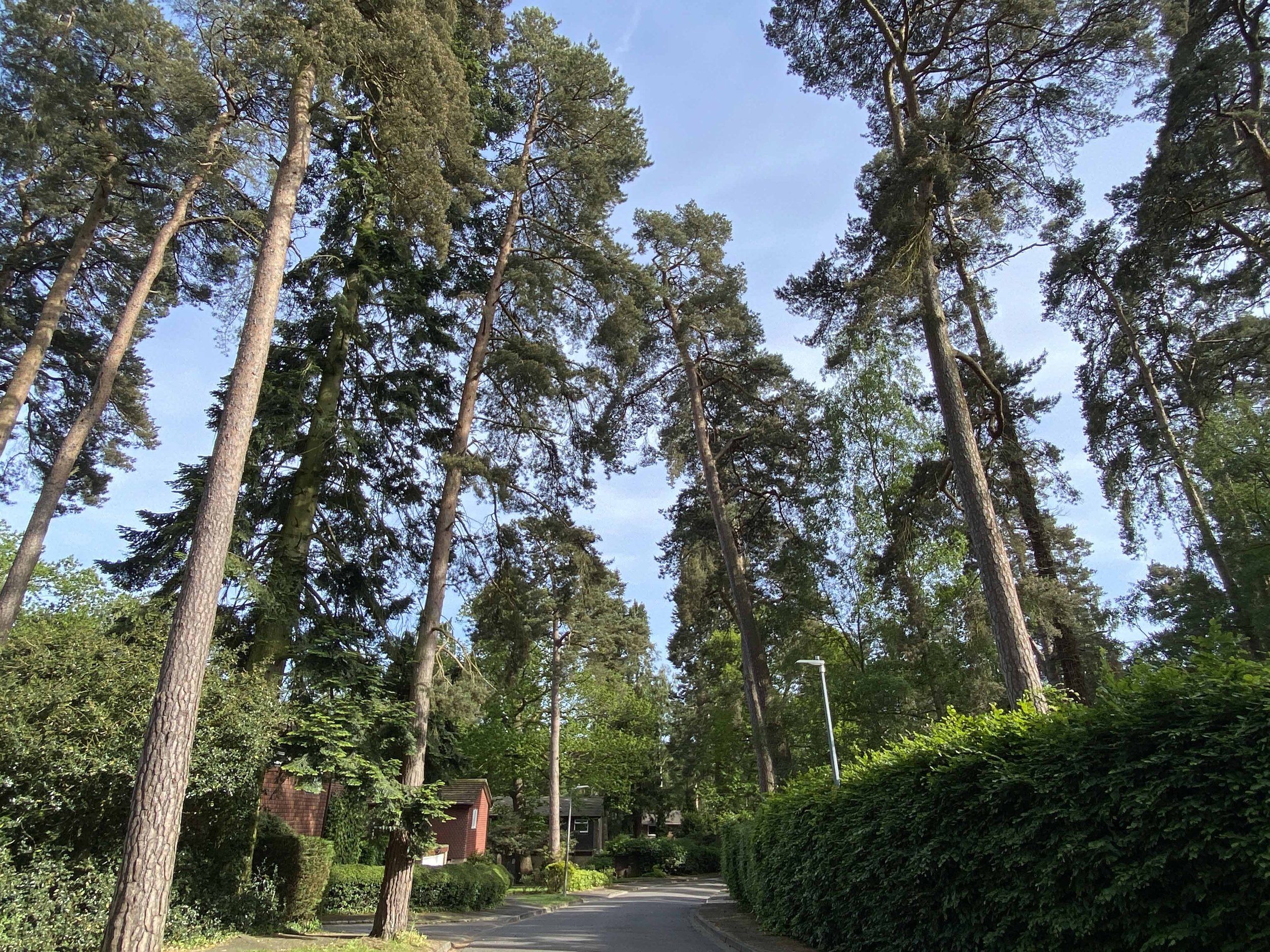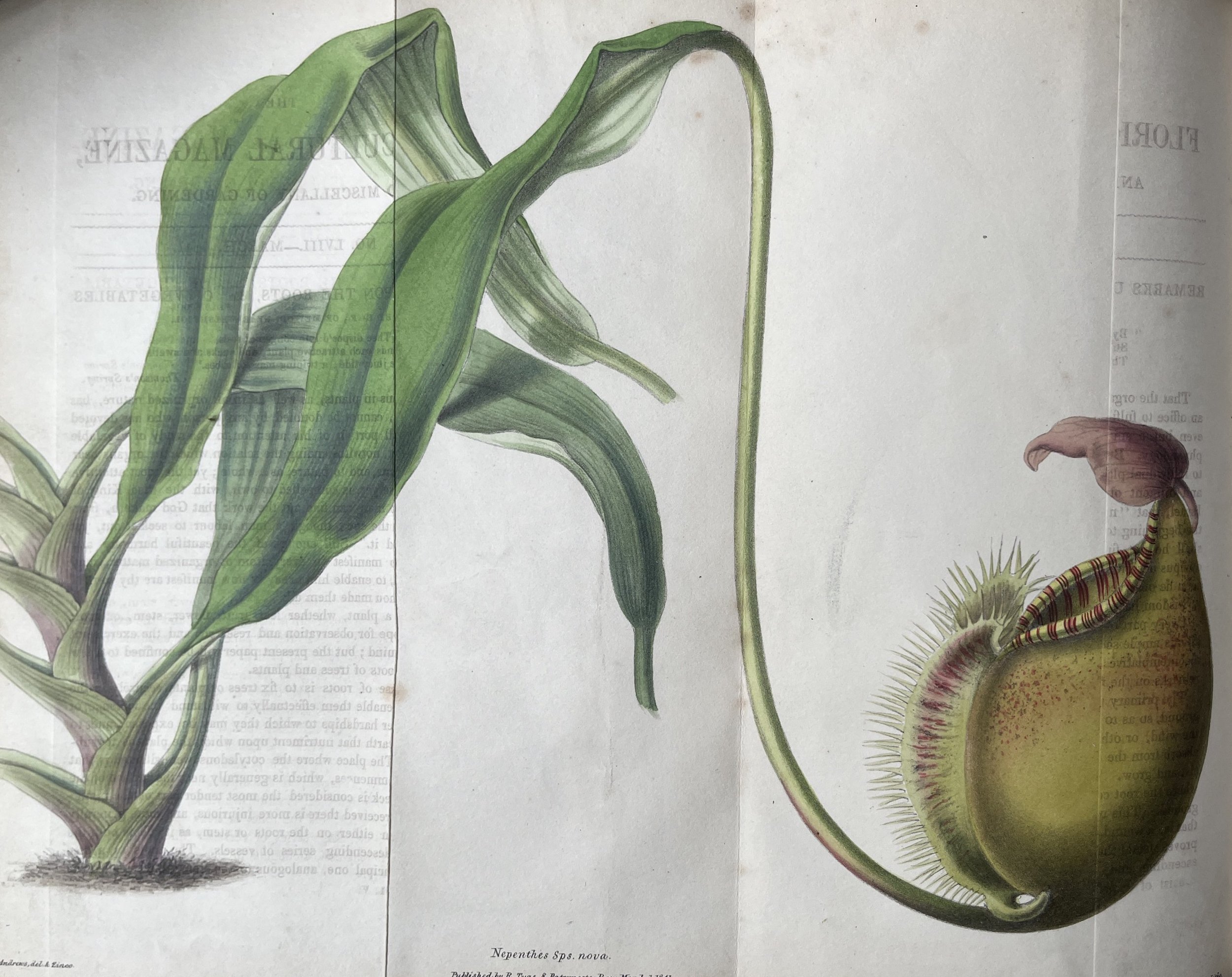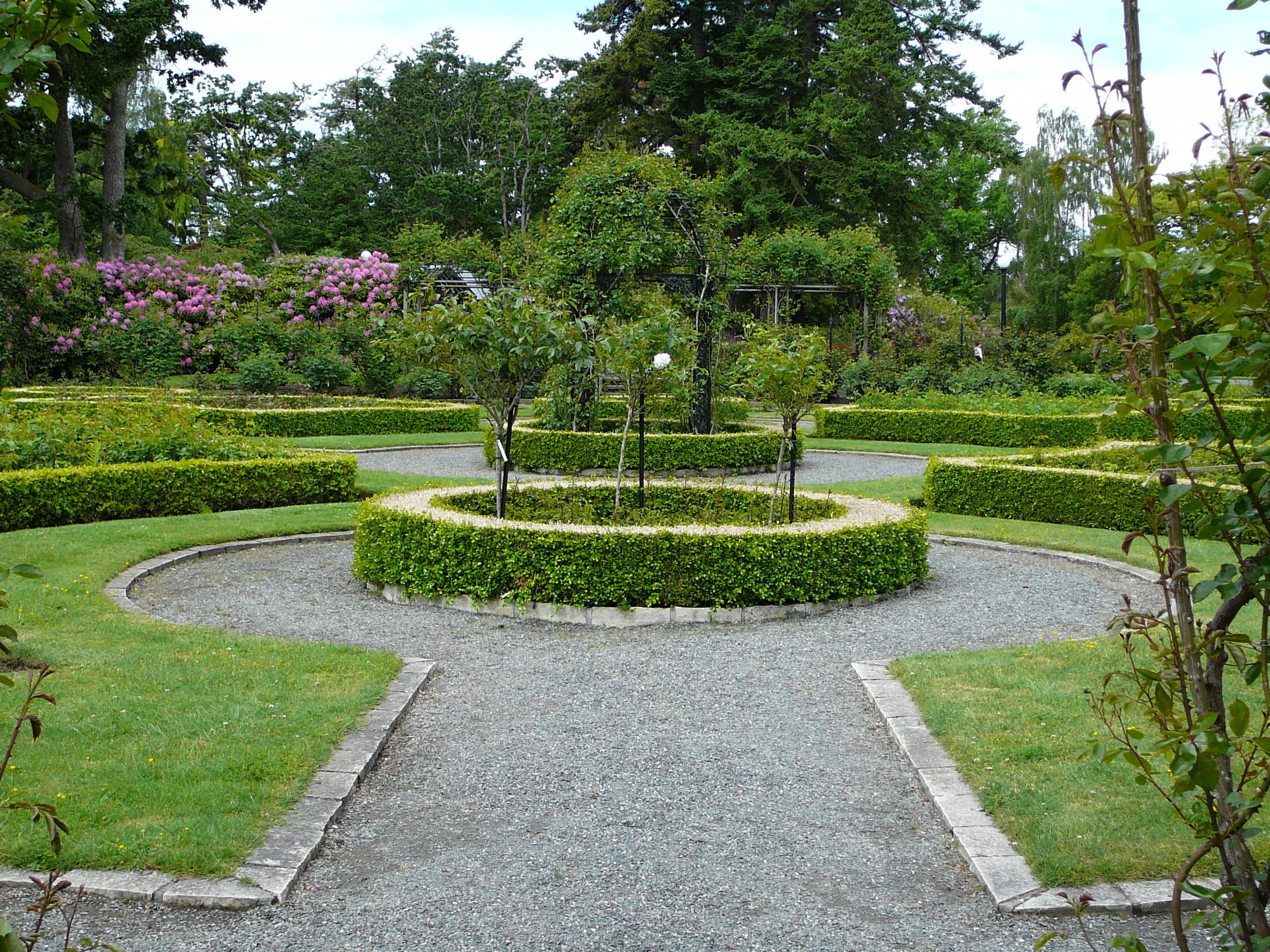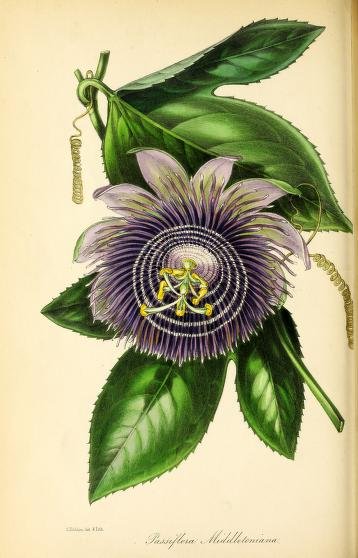Marnock’s Style of Landscape Design
Marnock commenced his career at a period of change in attitudes to planting, and one he was later to refer to as a ‘change of great magnitude’. This referred to the development of horticultural techniques and the arrival of so many plants in Britain the early nineteenth century due to British colonial expansion across the world. These included South American annuals that were to determine the appearance of so many gardens during the years he operated. Yet he spent his career advocating the natural or landscape style. He had derived his inspiration for this from Capability Brown and Richard Payne Knight, the main proponents of the landscape school and the Picturesque respectively. However, he also recognized that a formal terrace in the French or Italian style ‘seldom’ failed ‘to please’, thus Marnock included simple terraces with flower beds. His maxims provided a formula for success with the ‘Marnock style of landscape gardening’ recognised as the one in which the landscape garden reached ‘its fullest development’, the ‘pinnacle’ of the “English style”, ‘pure and simple’.
Marnock’s style is often referred to as Gardenesque. This was a term invented by his mentor John Claudius Loudon where trees and shrubs were arranged according ‘to their kinds and dimensions’ in such a way as ‘best to display the natural form and habit of each’. However, Marnock was not adverse to also planting ‘picturesque groups and masses’, so his designs included an idiosyncratic selection of various styles that made his gardens so unique, and they were highly praised.
Flower gardens on the west front of Impney Hall from The Gardener’s Chronicle, 3:35 (1904). Image from Wikimedia Commons.
Weston Park from the Arts Tower, by Chemical Engineer, CC BY-SA 4.0 via Wikimedia Commons.
To learn more about the history of the garden designs which inspired Marnock take a look at the books in this reading list:
Richard Payne Knight. An Analytical Inquiry into the Principles of Taste. Luke Hansard, 1805.
J.C. Loudon. “Introduction.” The Landscape Gardening and Landscape Architecture of the Late Humphry Repton Esq. Longman, 1840.
Michael Symes. The Picturesque and the Later Georgian Garden. Redcliffe, 2012.
Steffie Shields. Moving Heaven and Earth: Capability Brown's Gift of Landscape. Unicorn, 2016.
Jonathan Finch & Jan Woudstra. Capability Brown, Royal Gardener. White Rose University Press, 2020. Available to read online.

